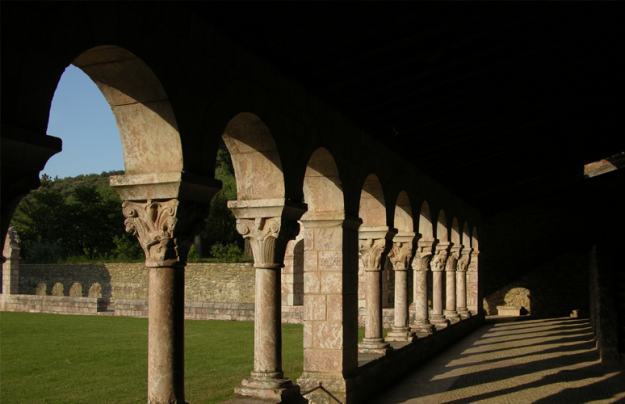The medical knowledge of an extraordinary nun: Hildegard of Bingen
Laurence Moulinier, Université Lumière Lyon 2 The question of the book culture of the Rhenish Benedictine Hildegard of Bingen (1098-1179) was brilliantly raised in the 1930s by Hans Liebeschutz in his work Das allegorische Weltbild der heiligen Hildegard von Bingen, and was subsequently constantly taken up without being completely trench. However, it is now clear that Hildegard did…



